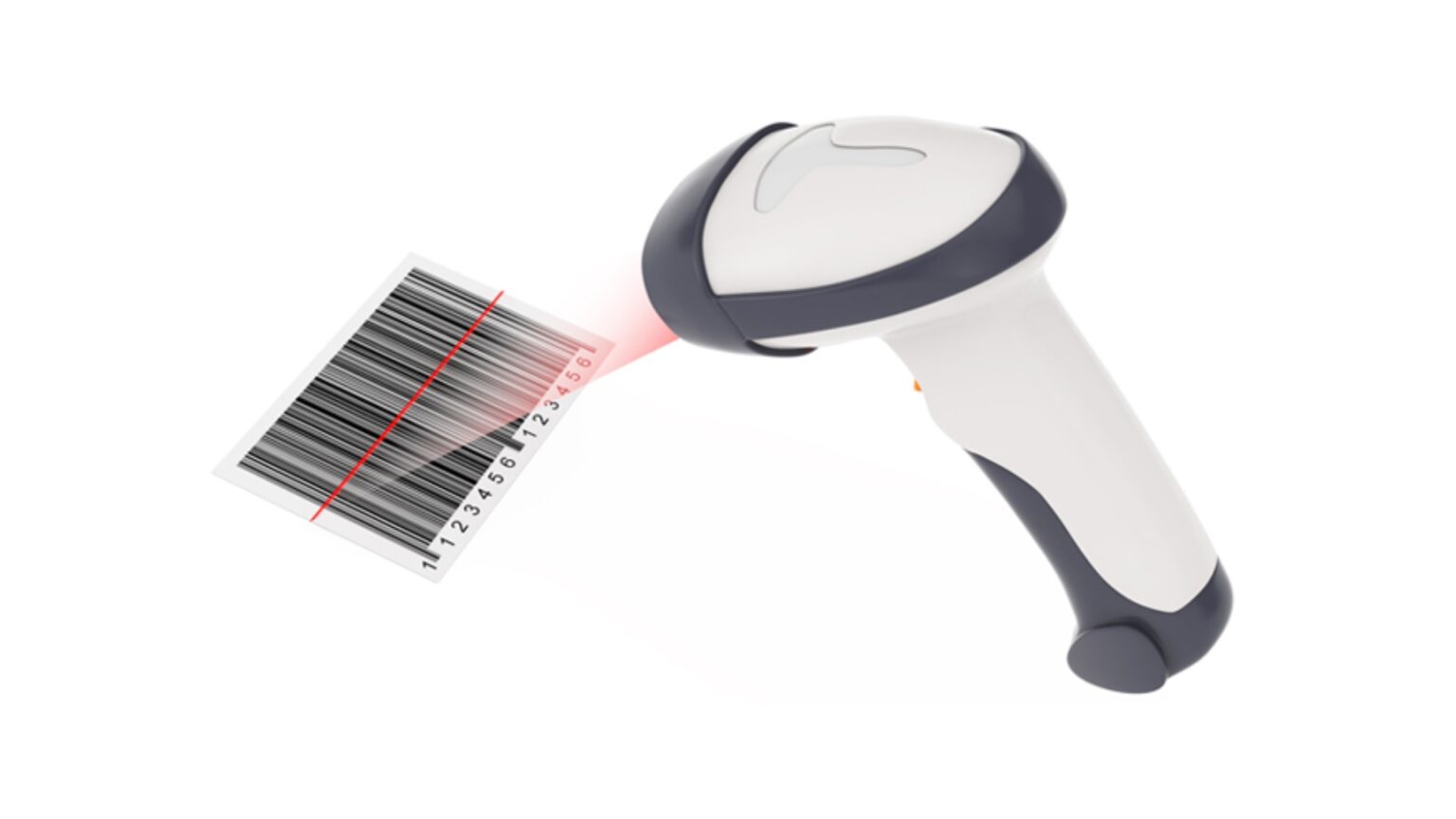Scan to verify technology is revolutionizing how manufacturers ensure product authenticity and quality. With counterfeit goods flooding the market, this innovative approach enhances trust and transparency throughout the supply chain. As consumers become more vigilant, manufacturers must adopt solutions that can verify the authenticity of their products.
The Challenge of Counterfeit Goods
Counterfeit products are a significant issue in various industries, costing billions of dollars each year. According to the International Chamber of Commerce, the global impact of counterfeit goods could reach an astonishing $3 trillion by 2025. This statistic highlights the urgent need for effective solutions to combat counterfeiting. Scan to verify technology addresses this challenge by providing a straightforward way to confirm product legitimacy.
Enhancing Transparency with Scan to Verify Technology
The implementation of scan to verify technology allows manufacturers to monitor and verify their products at every stage of the supply chain. With a simple scan, they can access vital information such as where the product was made, its batch number, and the quality checks it passed. This instant verification acts as a seal of authenticity, difficult for counterfeiters to replicate.
Manufacturers no longer depend on outdated methods to assure customers of product legitimacy. Instead, they embrace digital solutions that offer unprecedented visibility and security. Recent market studies indicate that the track-and-trace solutions market is projected to grow to $7.3 billion by 2026, underscoring the critical role of these tools in safeguarding supply chains.
The Role of Barcodes in Supply Chain Security
Barcodes play a crucial role in the scan to verify process. Their simplicity empowers both manufacturers and consumers. For consumers, scanning a barcode means verifying the product’s authenticity independently. Whether purchasing electronics, medications, or food items, a quick scan provides peace of mind about the quality and safety of the product.
For manufacturers, barcodes offer control. Previously, once a product left the factory, tracking its journey became challenging. Now, with real-time tracking capabilities, manufacturers can monitor their products closely. They can identify any tampering and respond promptly to any issues.
Fostering Consumer Engagement
Beyond enhancing security, scan to verify systems create new opportunities for brands to engage with consumers. Imagine scanning a product and receiving a personalized discount, loyalty reward, or information about the brand’s sustainability efforts. This interactive experience not only verifies authenticity but also deepens the connection between brands and customers.
Future-Proofing Your Business with Scan to Verify
In today’s market, trust is invaluable. Implementing scan to verify technology protects against counterfeit goods while laying a foundation for sustainable growth. When consumers feel confident about purchasing authentic products, their loyalty strengthens, driving long-term success.
Moreover, this technology provides valuable operational insights, enhancing inventory management and supply chain efficiency. It is more than a security measure; it is a tool for building brand trust and mitigating risks.
Conclusion
Scan to verify technology is transforming the landscape of manufacturing. By ensuring authenticity, fostering trust, and engaging consumers, manufacturers can thrive in a competitive market. As transparency and security become increasingly essential, adopting this technology is a smart move for businesses aiming for long-term success. Embrace the power of scan to verify and take your brand to new heights.







